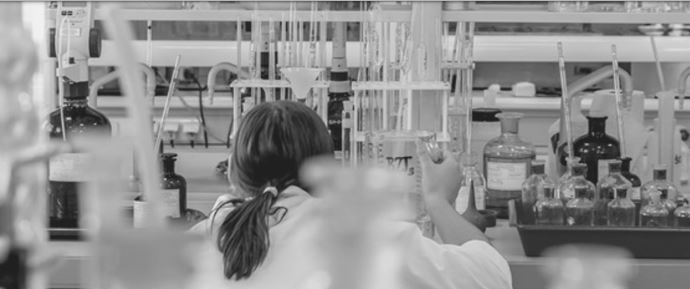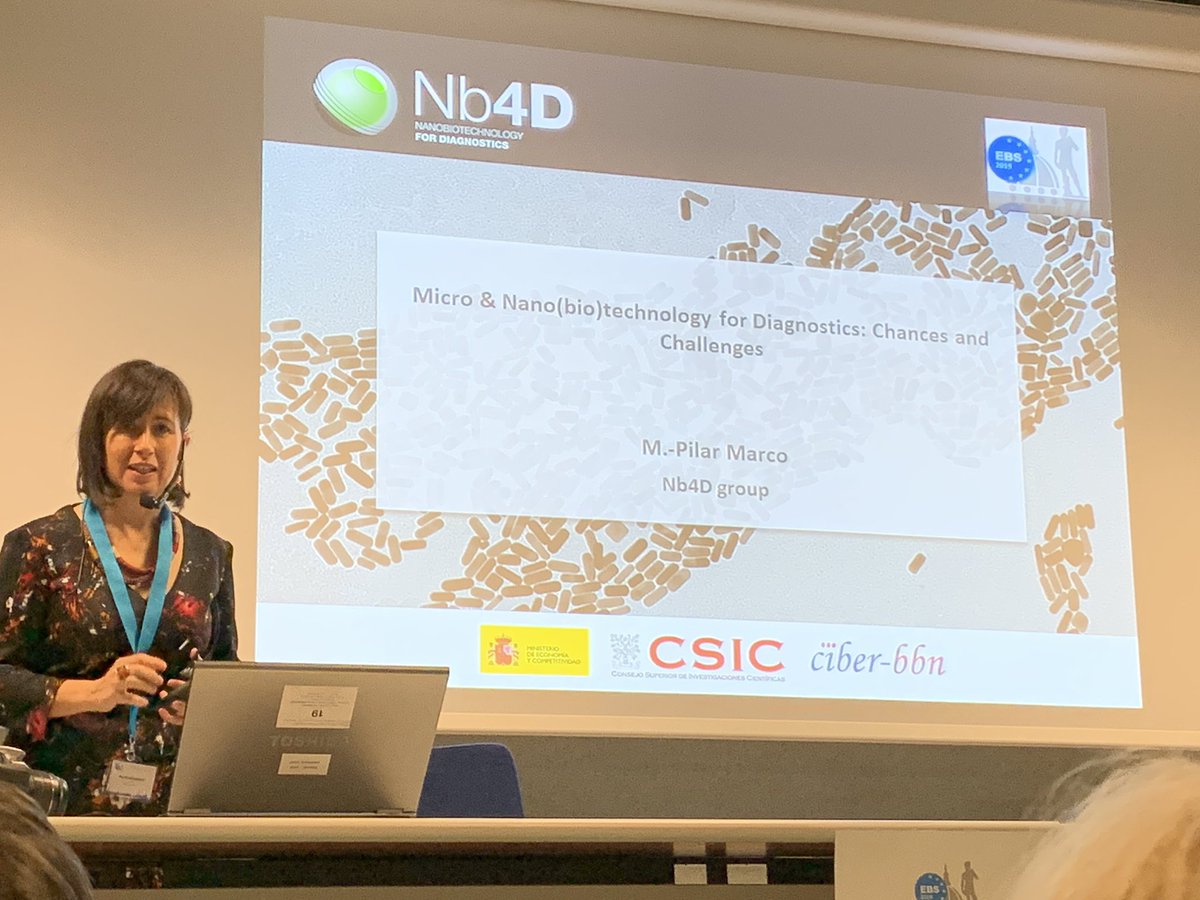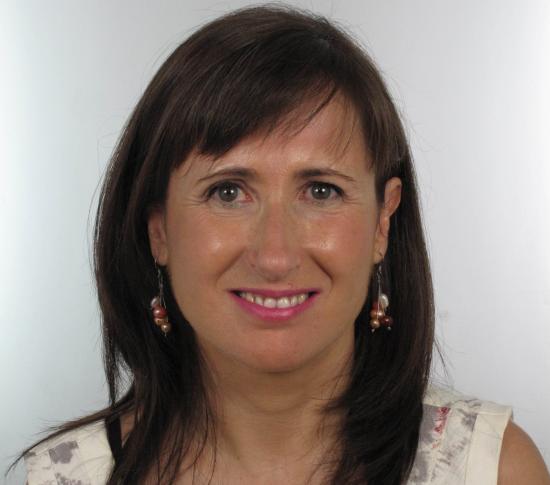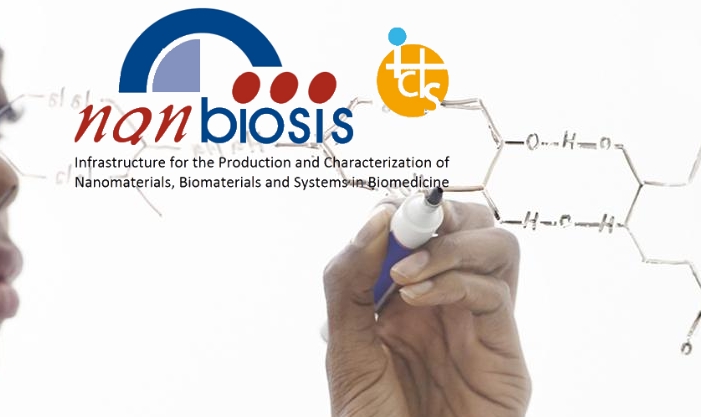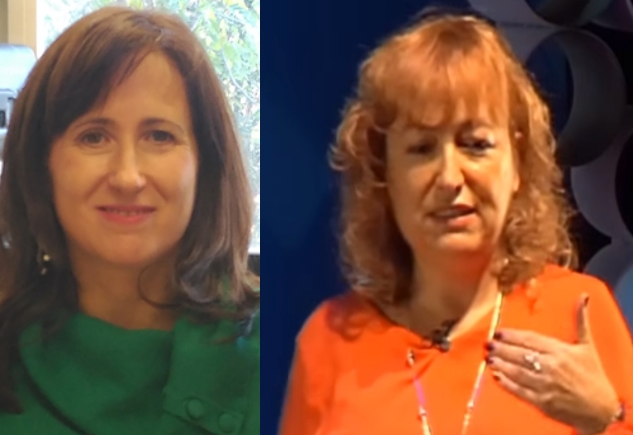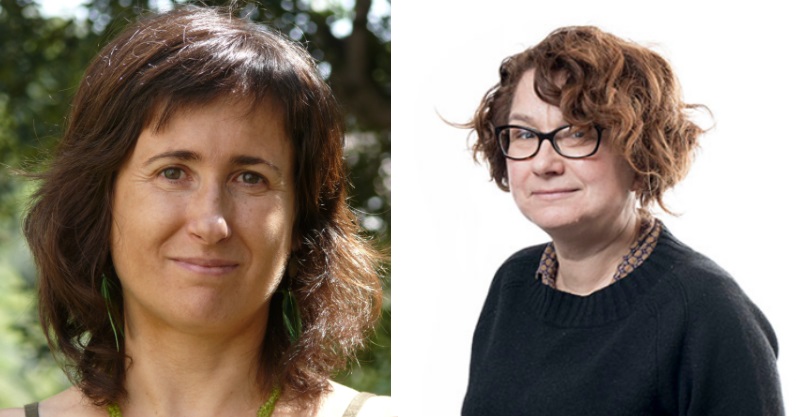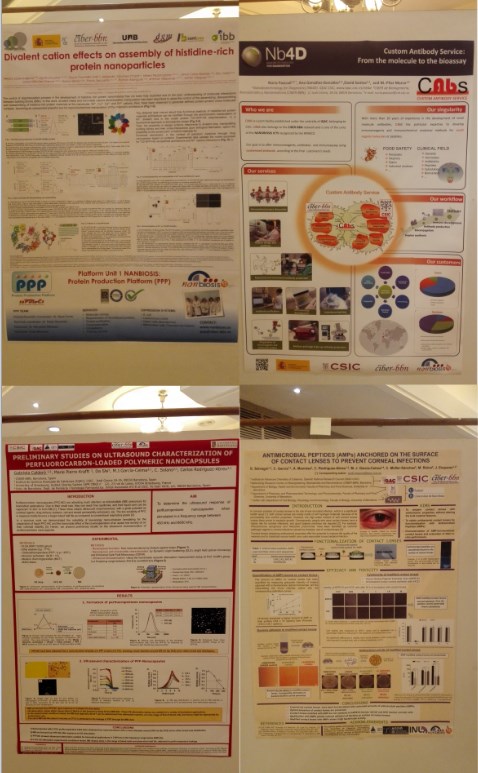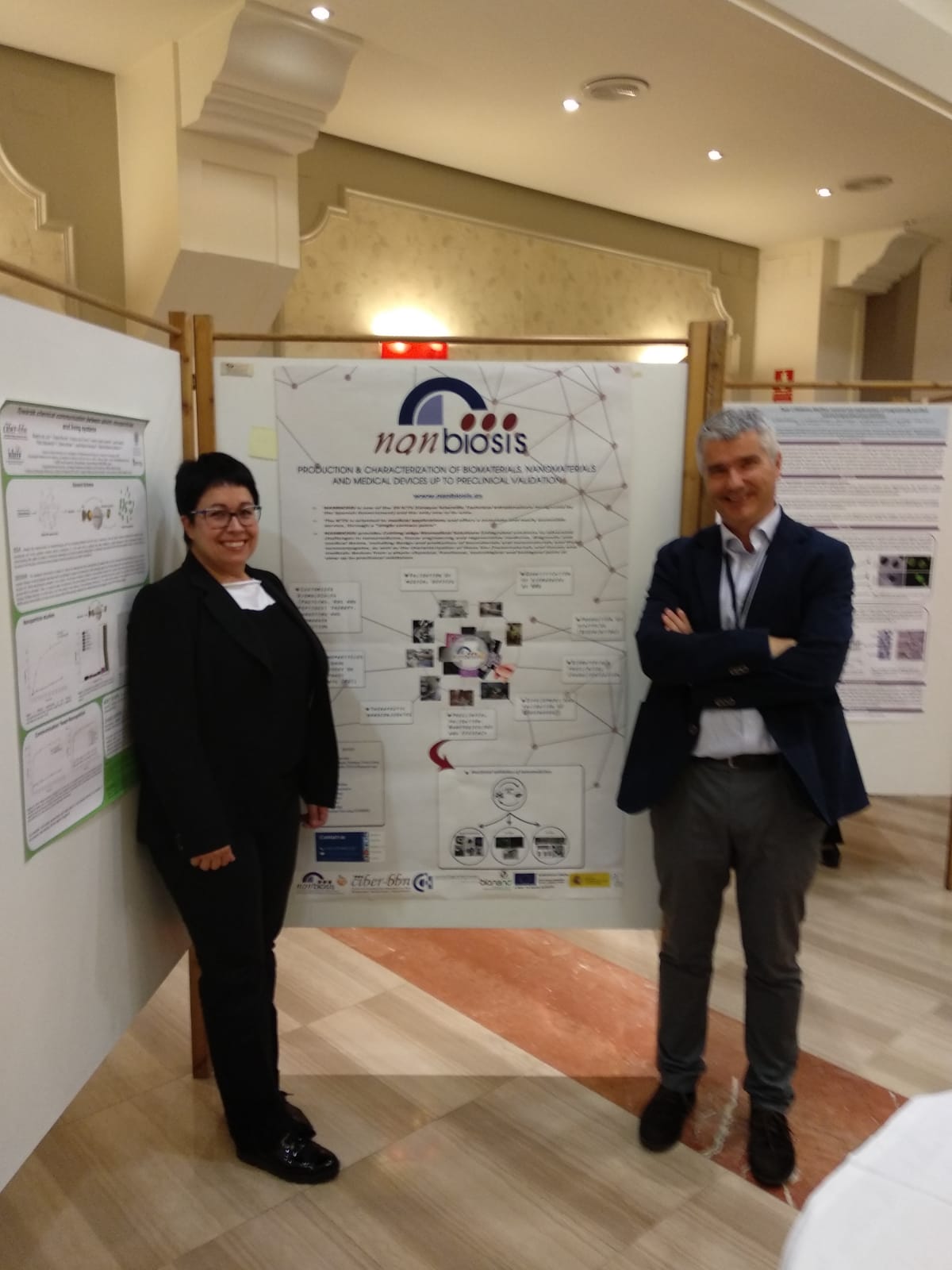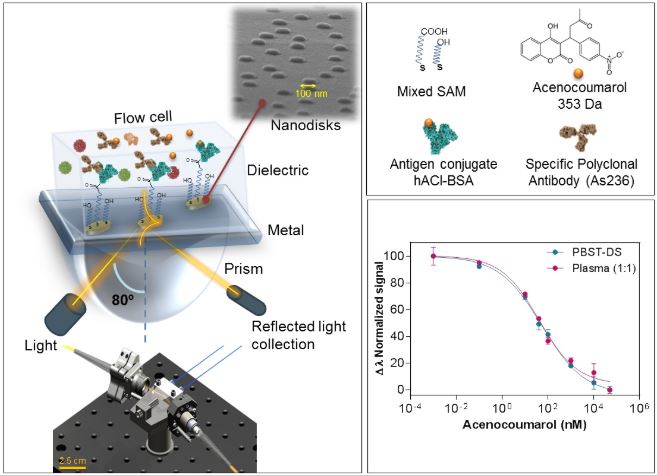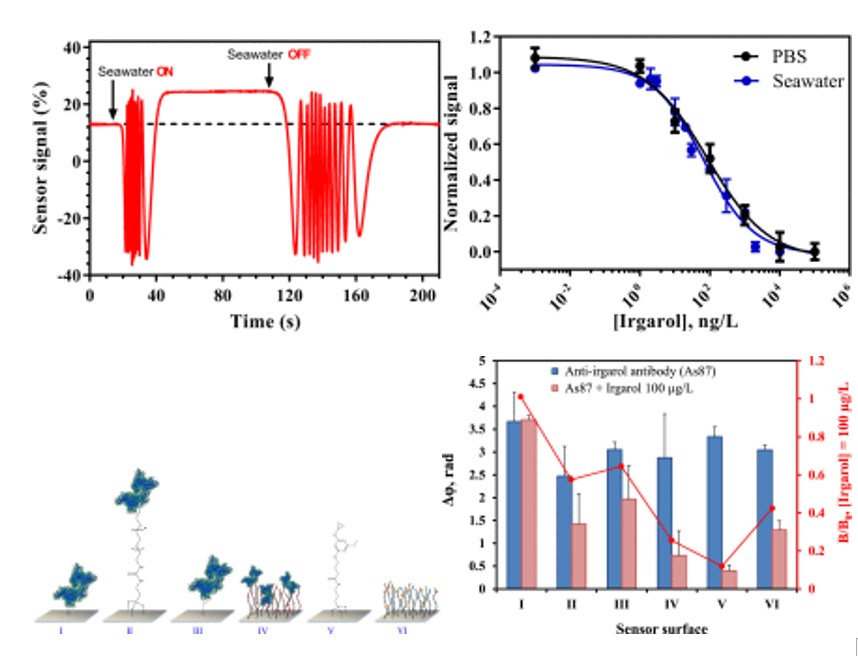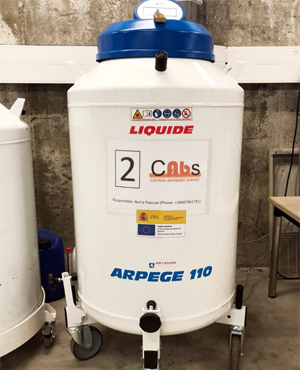Workshop on “ETHICAL ASPECTS OF RESEARCH”
The Nanobiotechnology for Diagnostics group (Nb4D) of CIBER-BBN and IQAC-CSIC, (coordinator of NANBIOSIS U2 Custom Antibody Service (CAbS)), led by Prof. Mª Pilar Marco, is organizing a workshop on “Ethical aspects of research” netx 18th November 2019, at the Institute for Advanced Chemistry of Catalonia (IQAC-CSIC).
There will be three sessions given by experts from this topic area.
- TECHNOLOGICAL ADVANCES VERSUS ETHICS by Dr. José Ignacio Latorre
- ANIMAL TESTING by Dr. Lluís Montoliu
- CLINICAL SAMPLES, BIOBANKS AND OTHER ASPECTS IN CLINICAL PRACTICE by Dr. Pieter Moons
A Certificate of Attendance will be issued for each participant.
This workshop is FREE but has LIMITED SPACE. To register, fill in the form by 10th November 2019: https://bit.ly/2VI5W3j
Venue: Salón de Actos, CID-CSIC C/Jordi Girona 18-36. Barcelona. Monday, November 18, 2019, 9:30 h
